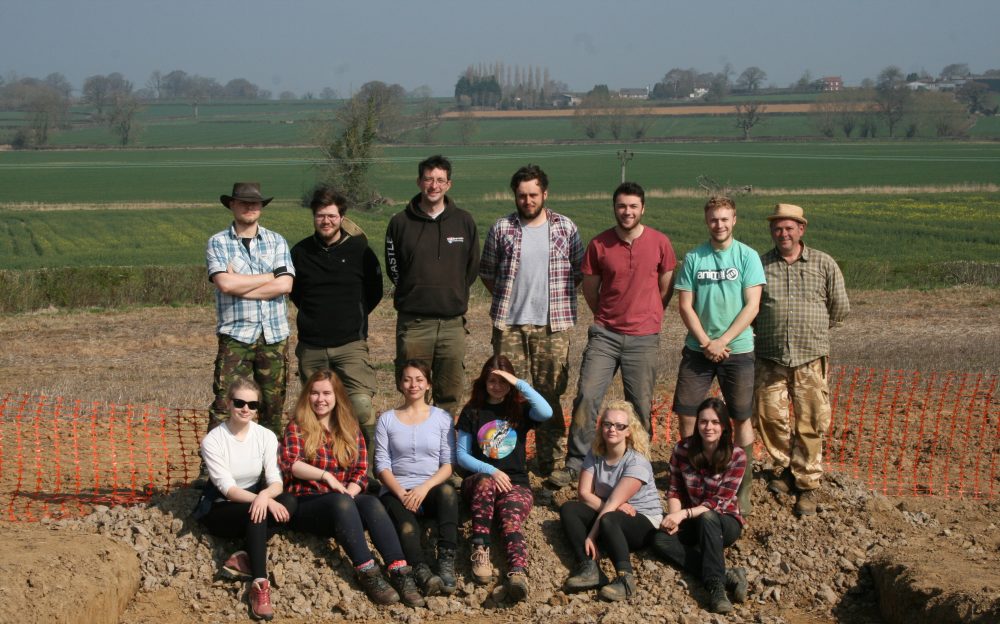The blog has been quiet for a while, but that’s because big things have been afoot behind the scenes.
After quite a lot or work James and Andy have secured Scheduled Monuments Consent from Historic England and the Secretary of State for Culture, Media and Sport to undertake the partial excavation of the villa this summer. Even more importantly they have managed to raise the funds from Newcastle University, The Roman Research Trust, Brympton Parish Council, The Somerset Archaeological and Natural History Society and the Yeovil Archaeological Society to undertake this work.
The intention is to excavate two trenches so that the precise location of the building can be established. We will the re-excavate some of Leonard Hayward’s trenches and investigate unexcavated areas. We hope to investigate the very final phases of the villa’s occupation and use scientific techniques to analyse the finds in ways that were beyond the means of the previous investigations in the 1940s, 1950s and 1960s.
We have a team of students and two soon-to-be graduates – Elliot and Hayley,(both veterans of previous seasons of excavation at Lufton) – ready. Roll on August and the excavation! There will also be some volunteers from the South Somerset Archaeological Research Group joining us too.
As ever, our work would be impossible if it were not for the generosity of the local community. The landowners (the Pullens) especially deserve our thanks for all the help and kindness they extend to the project. Our kind hosts – the Bakers – also deserve our thanks in advance for all the help.





